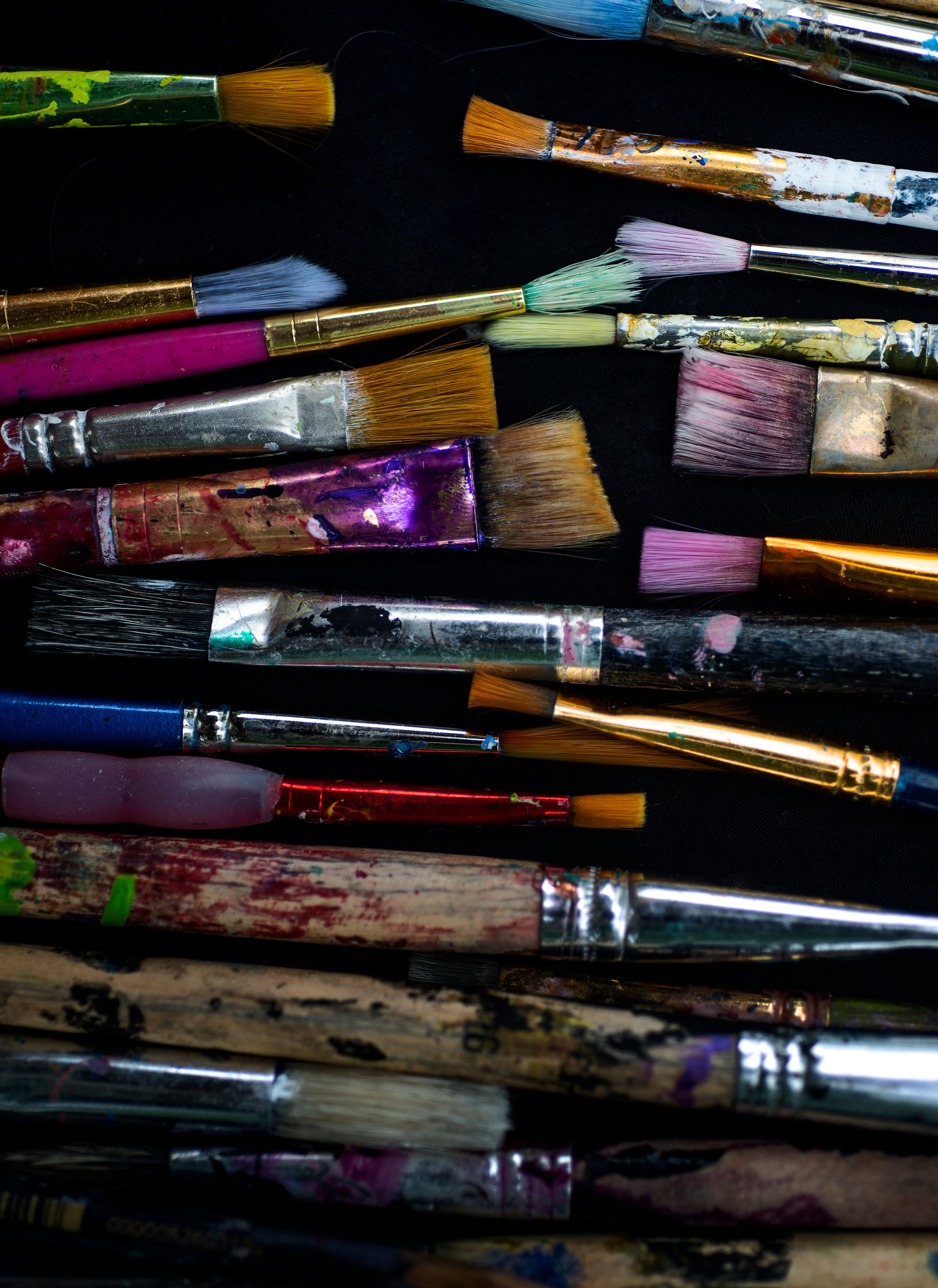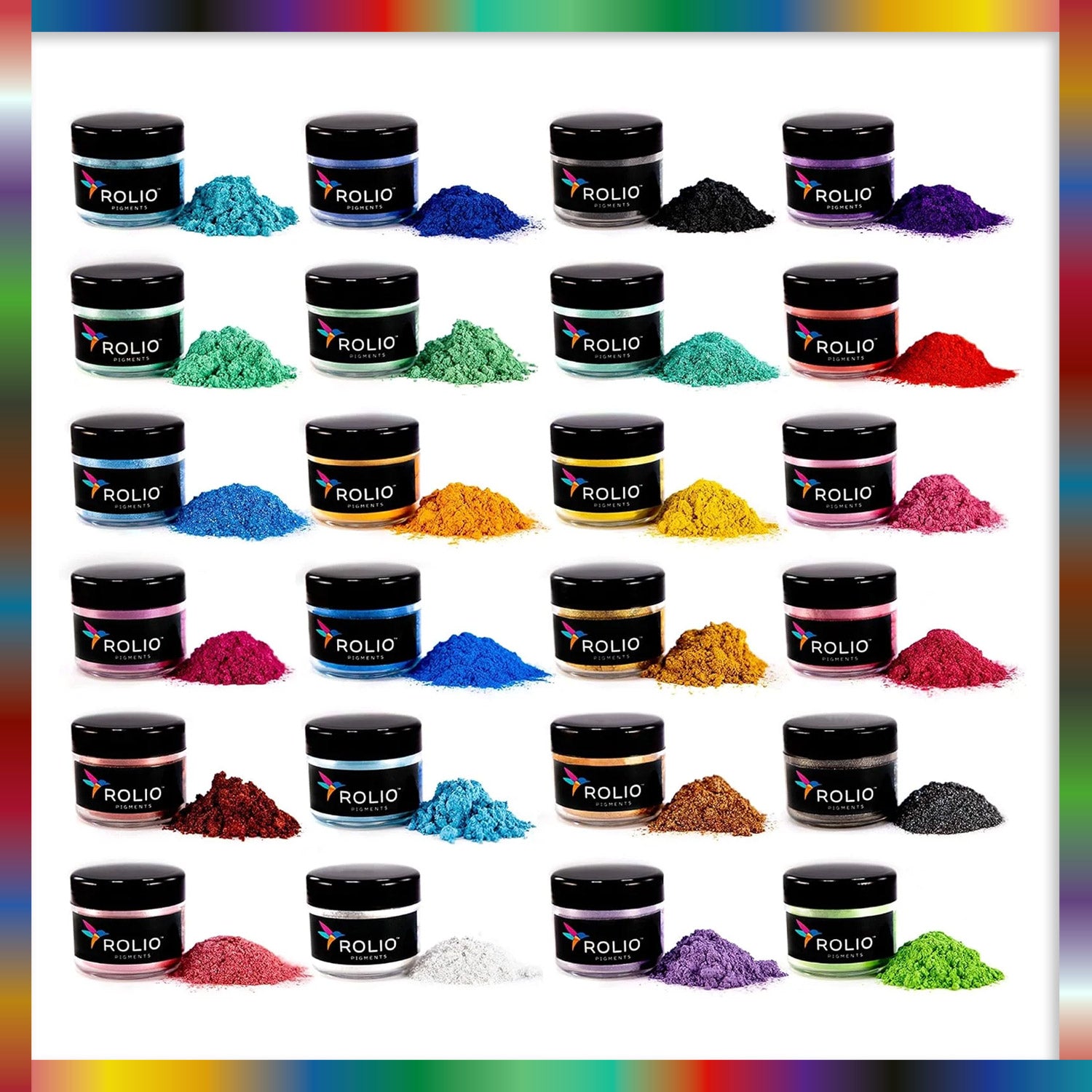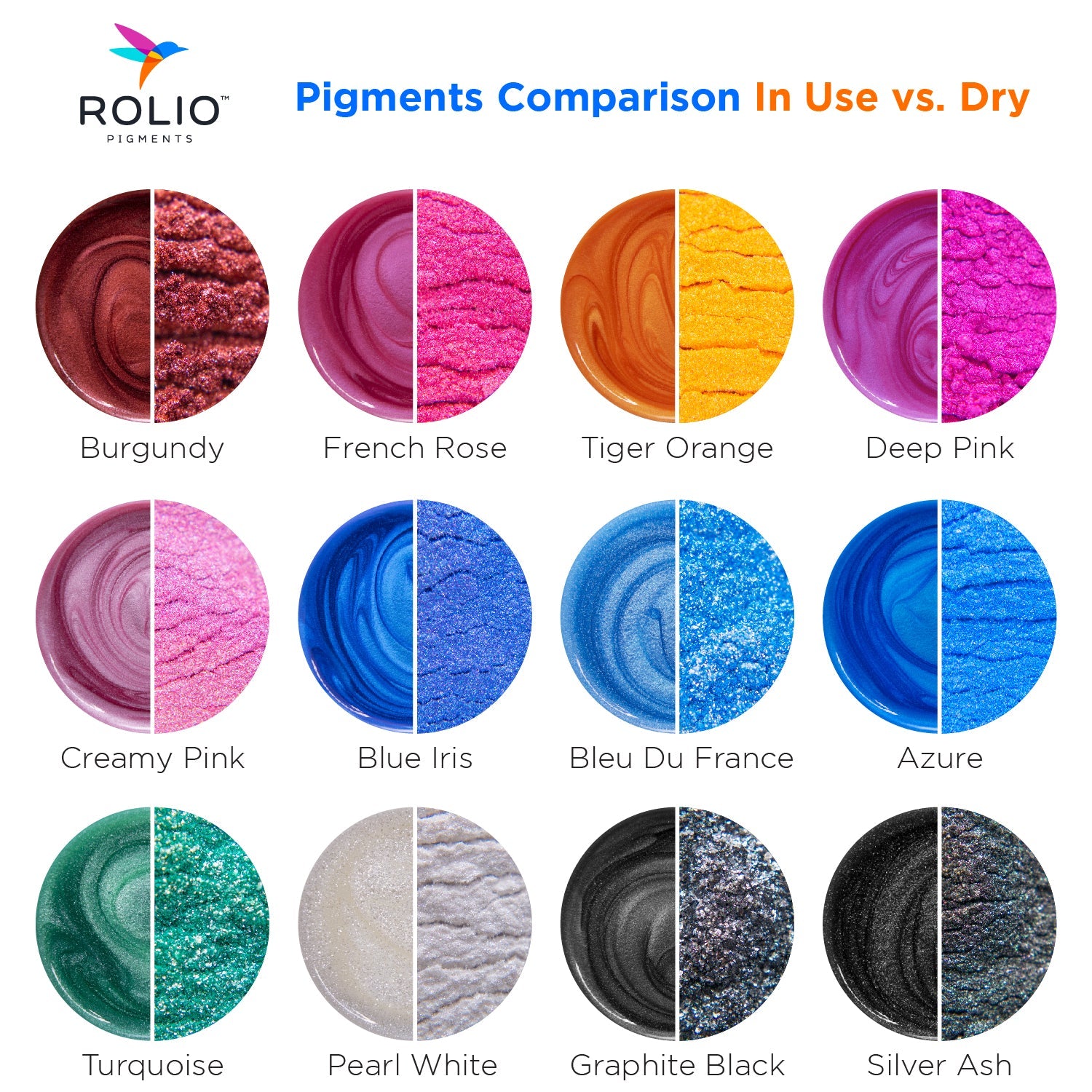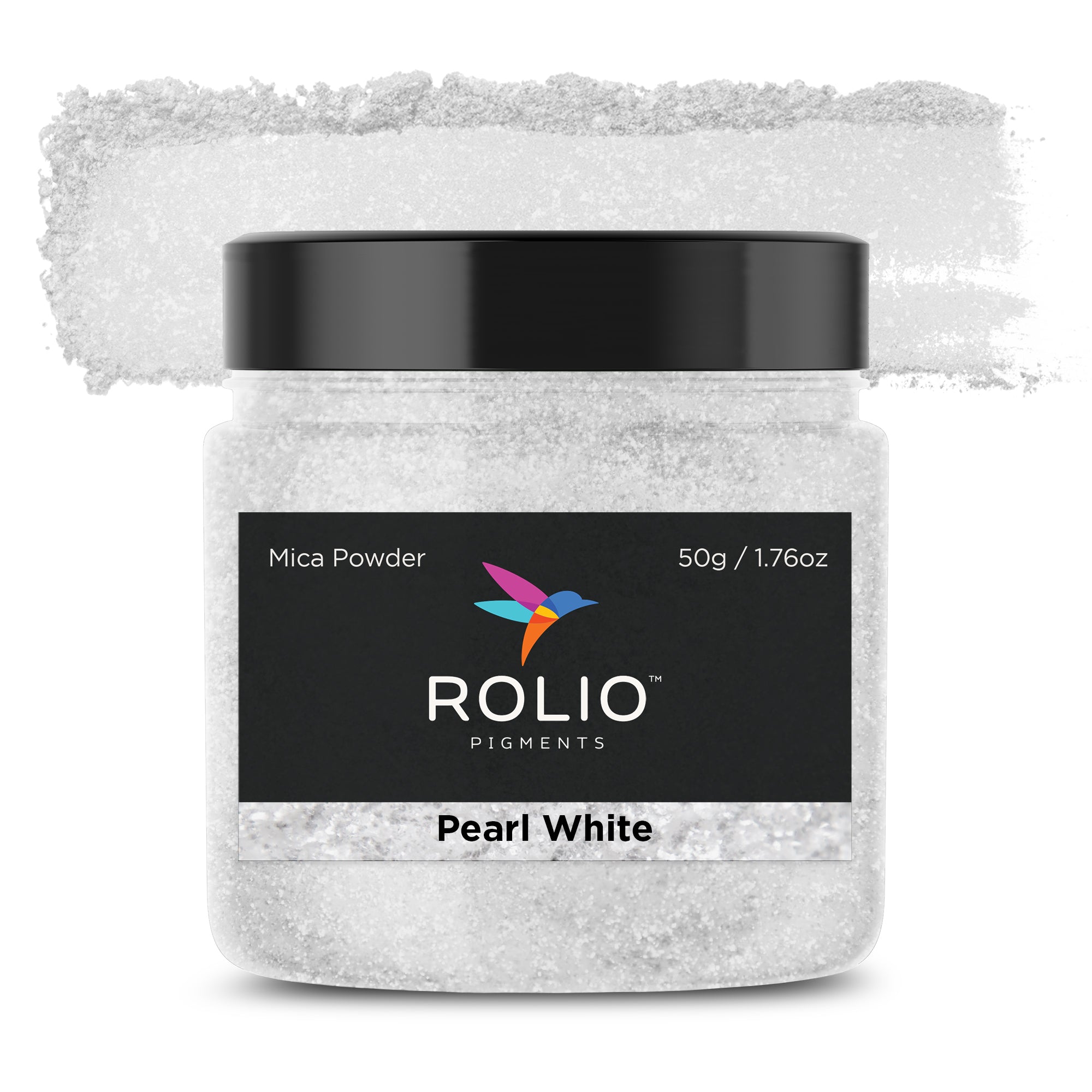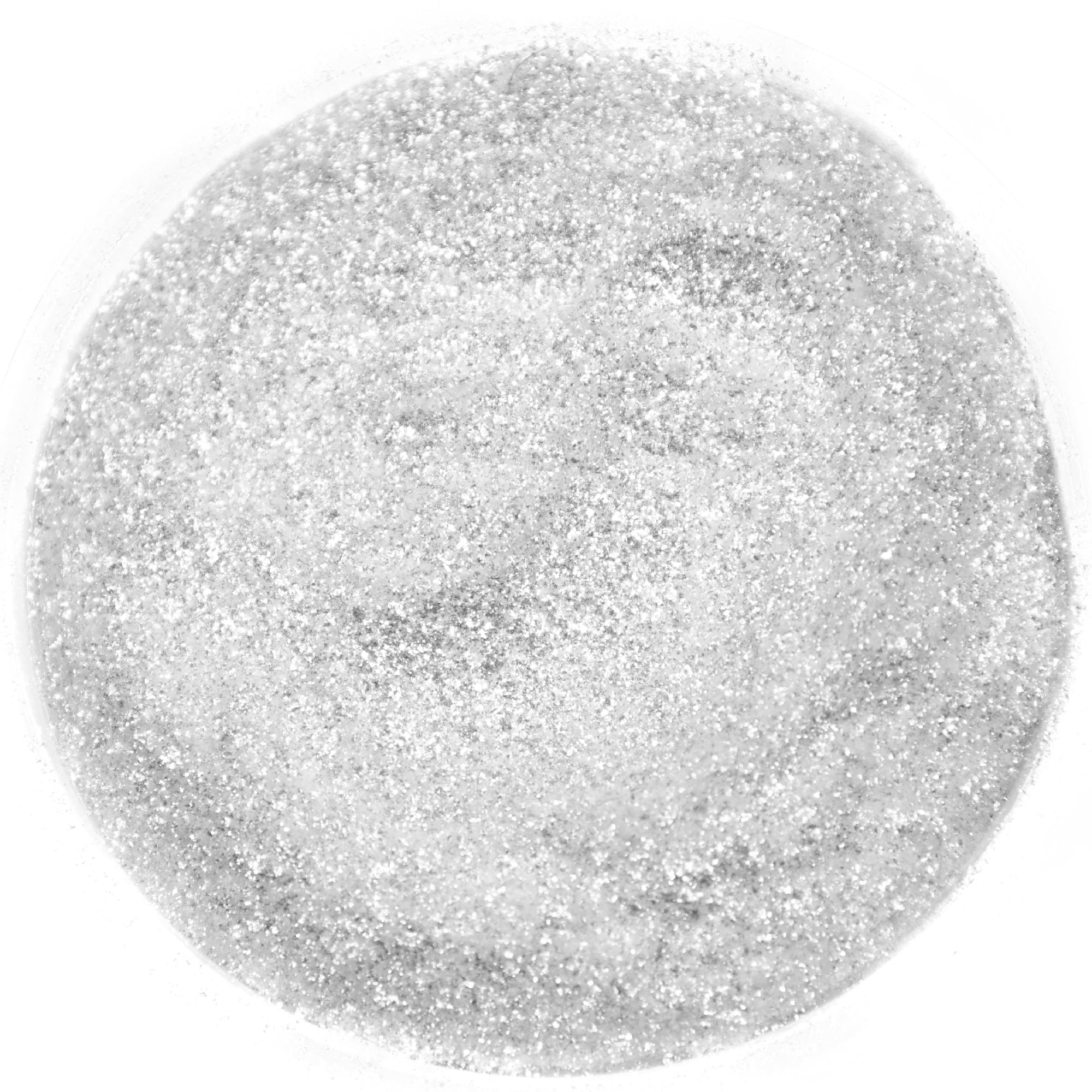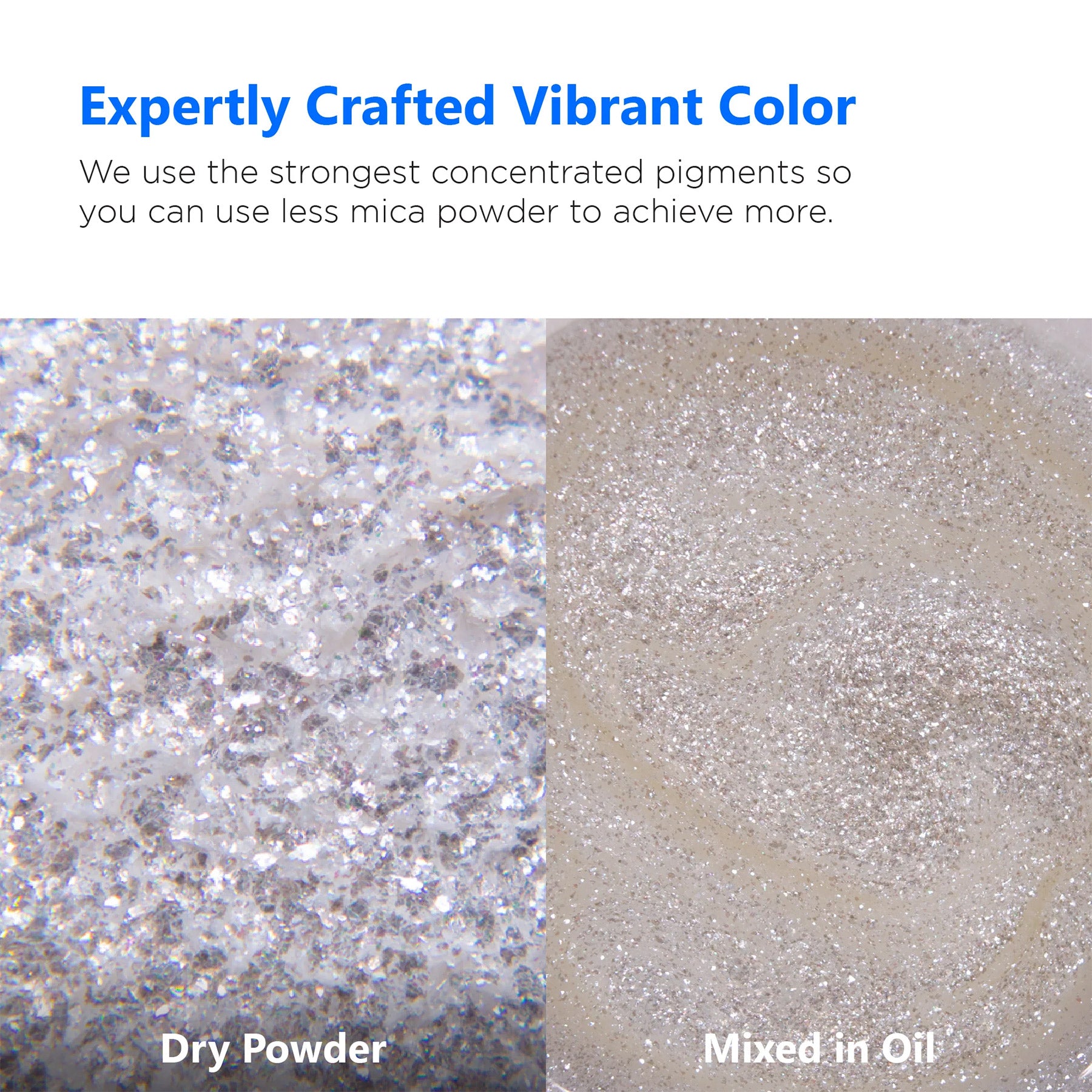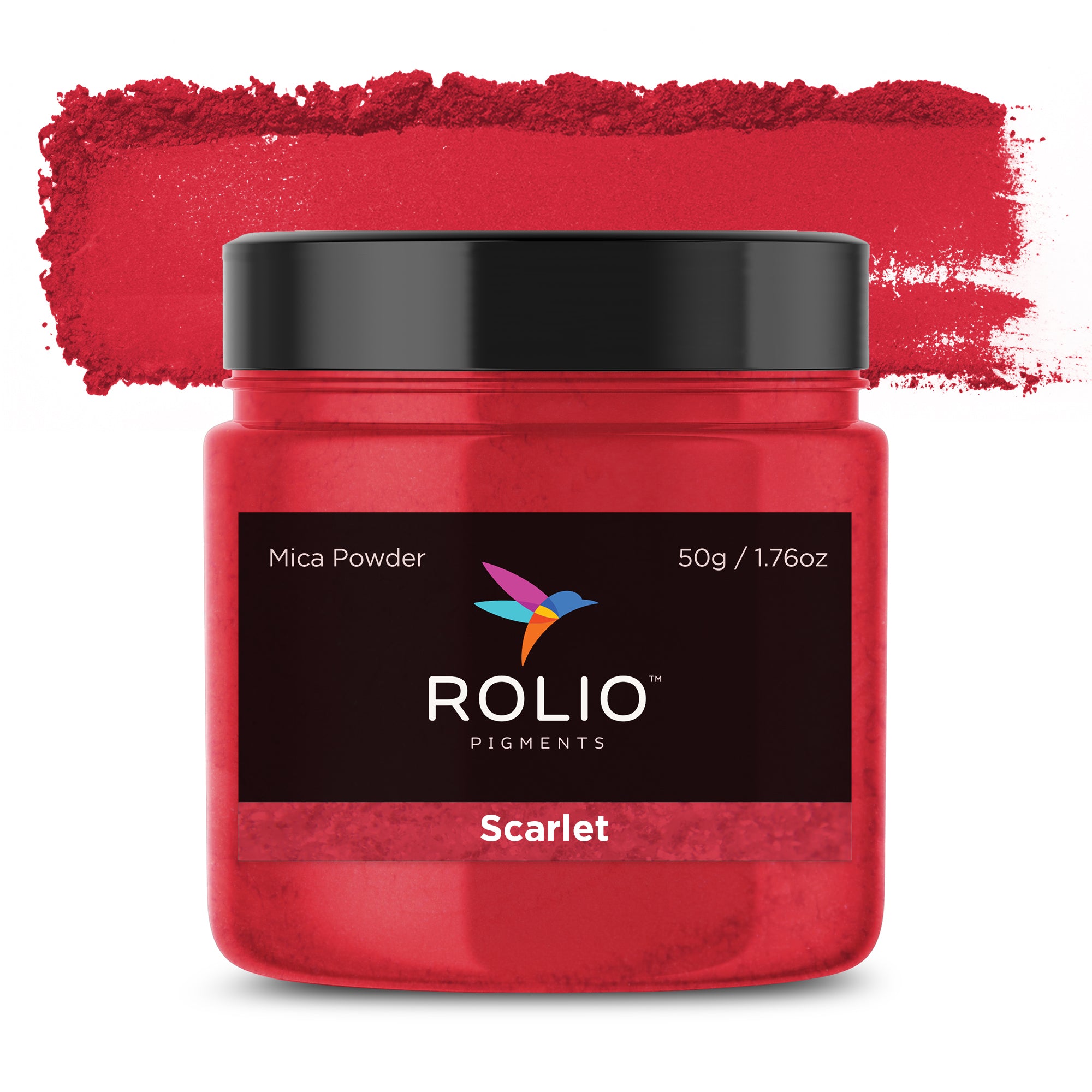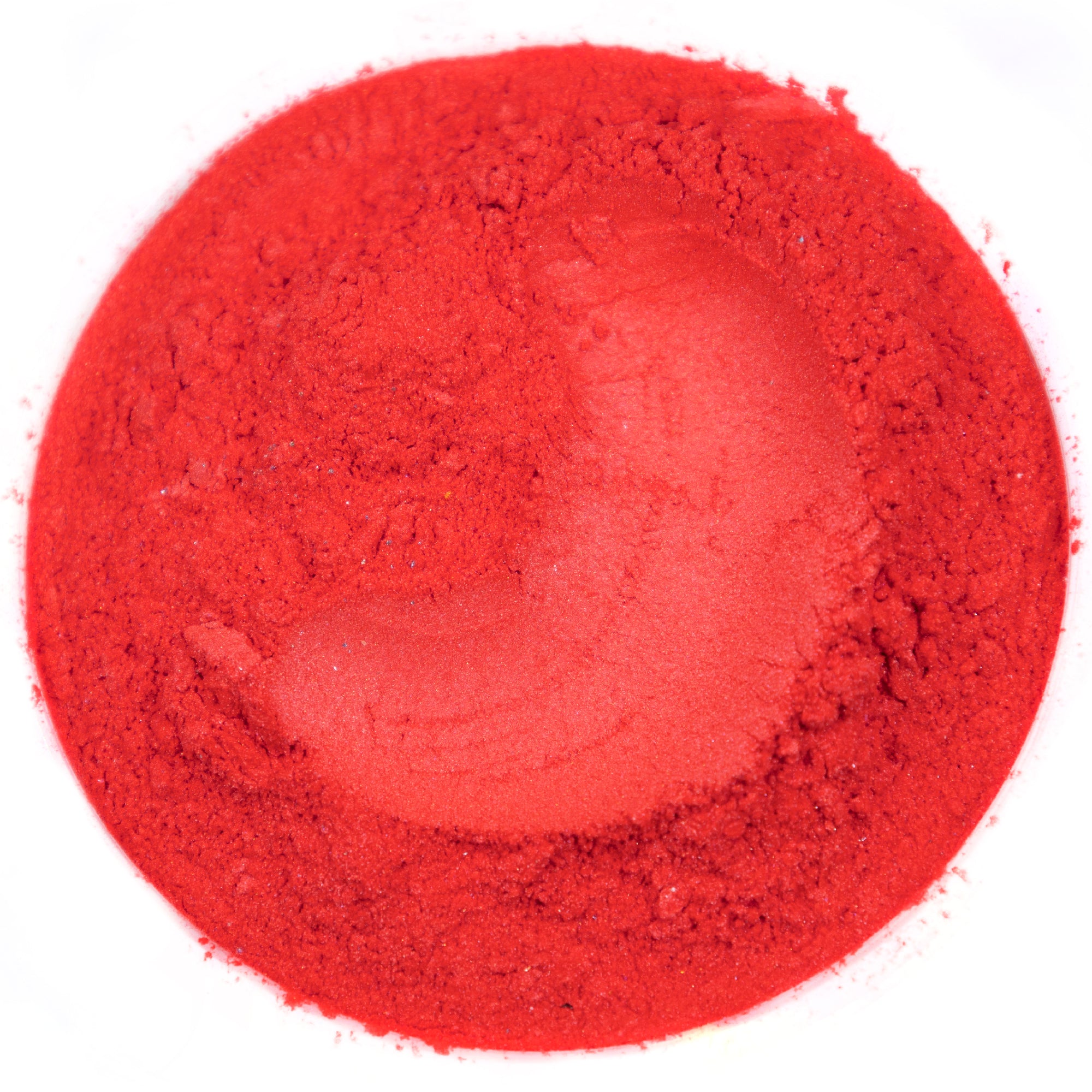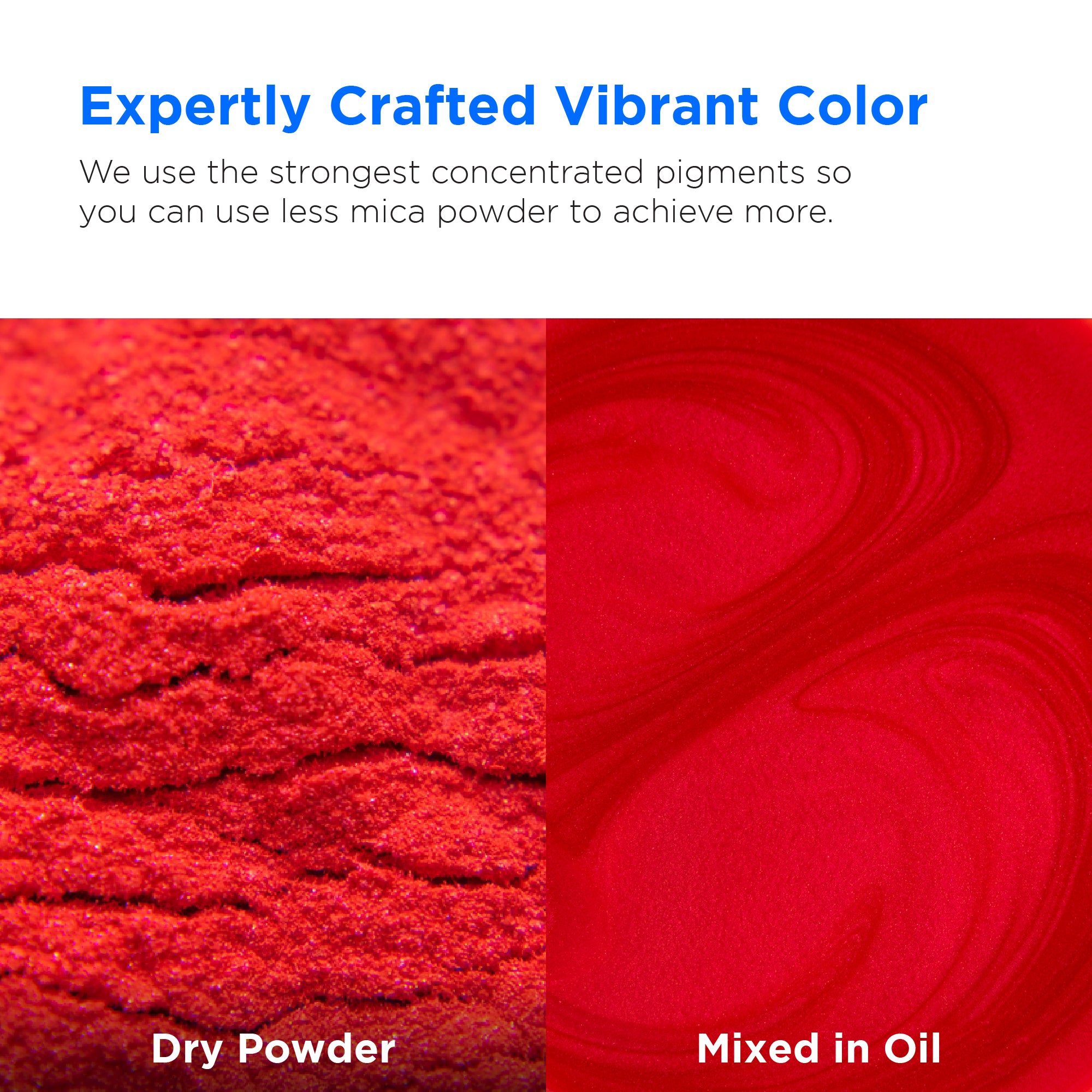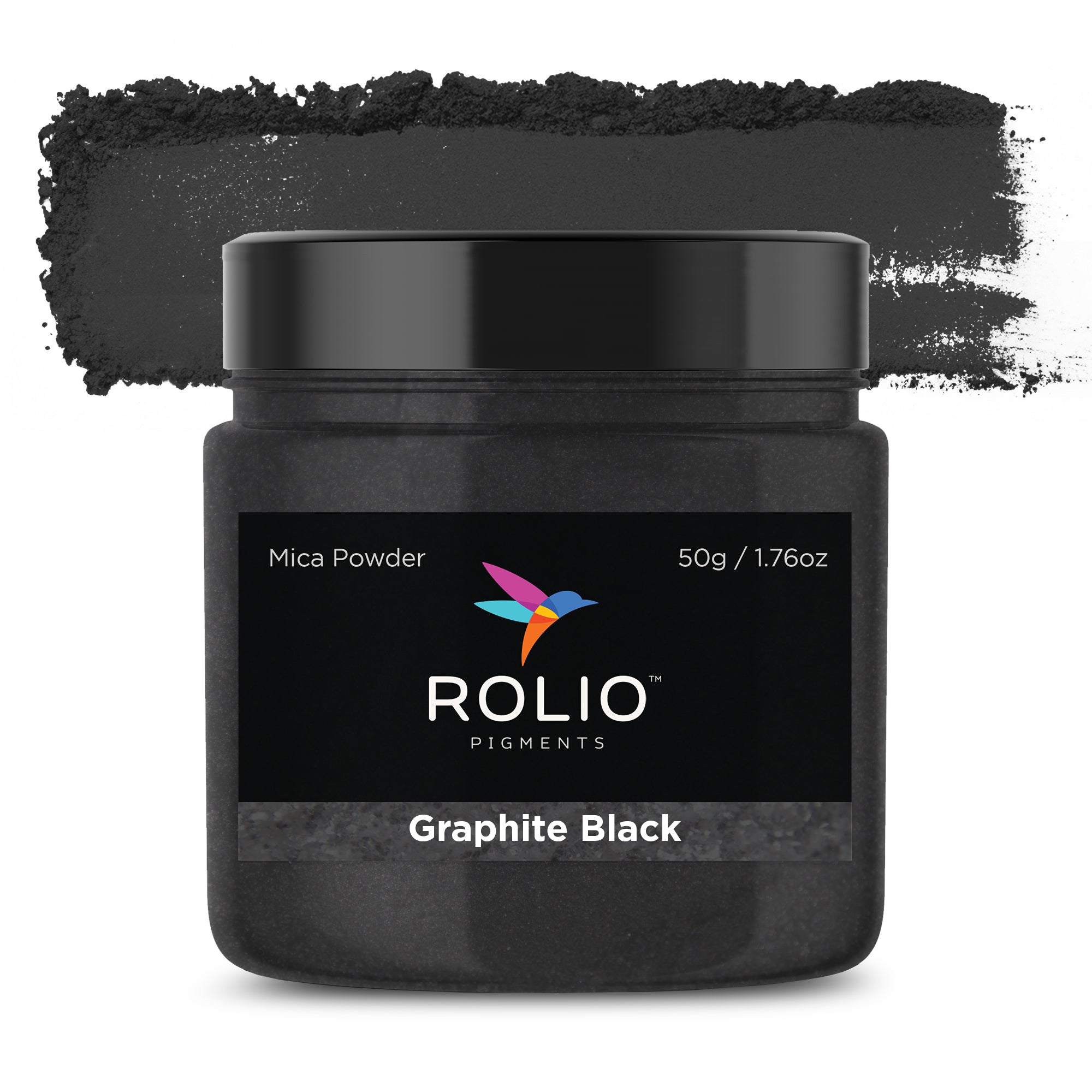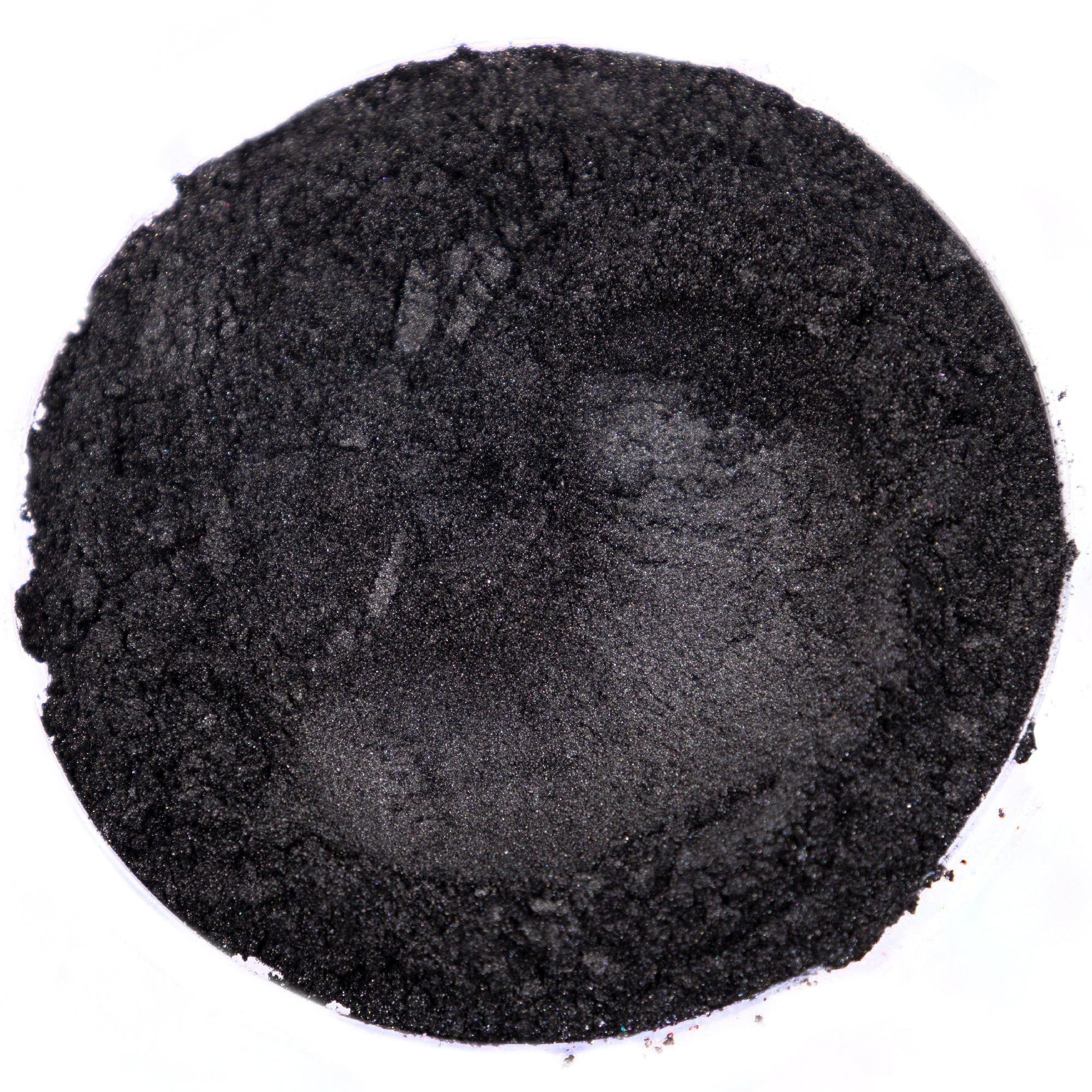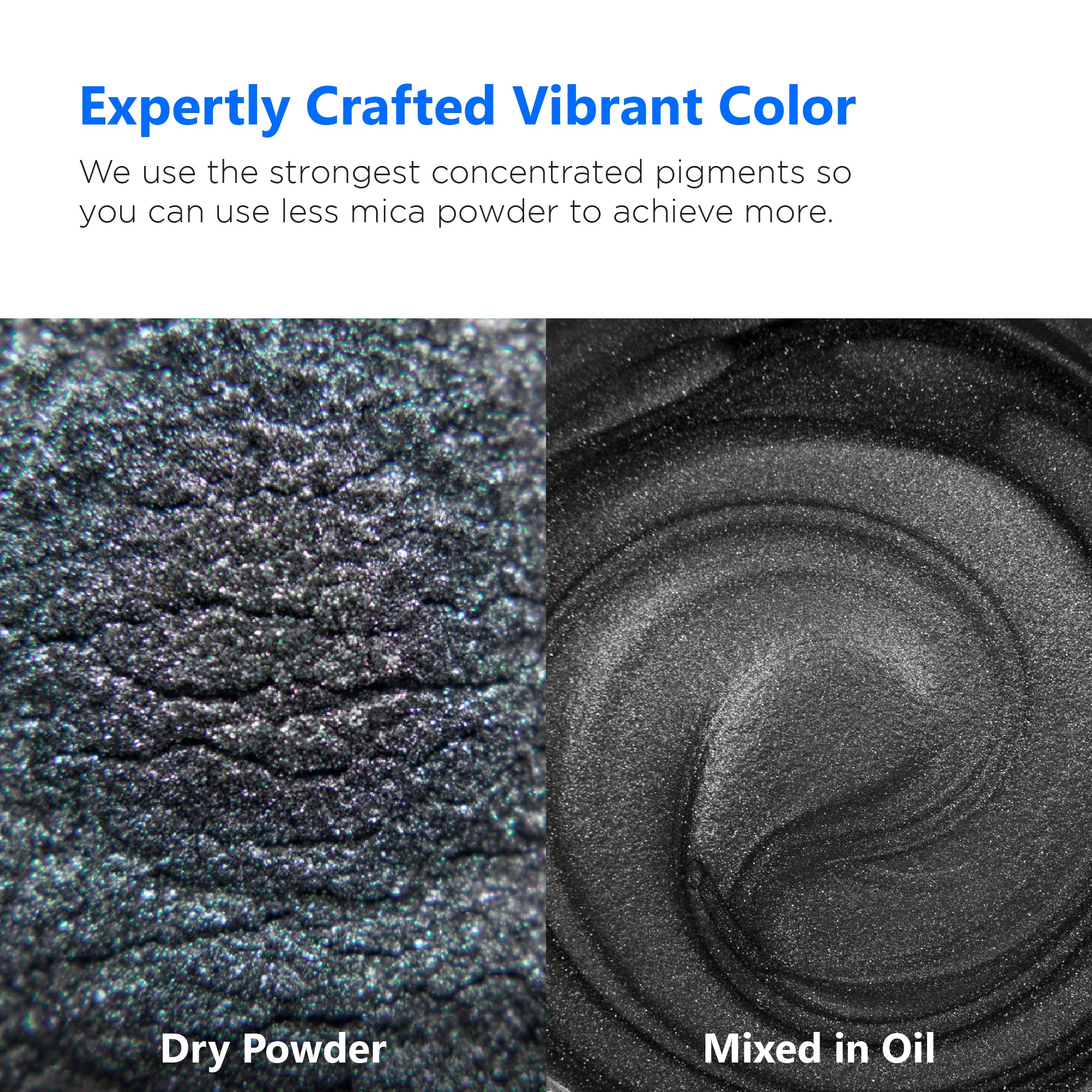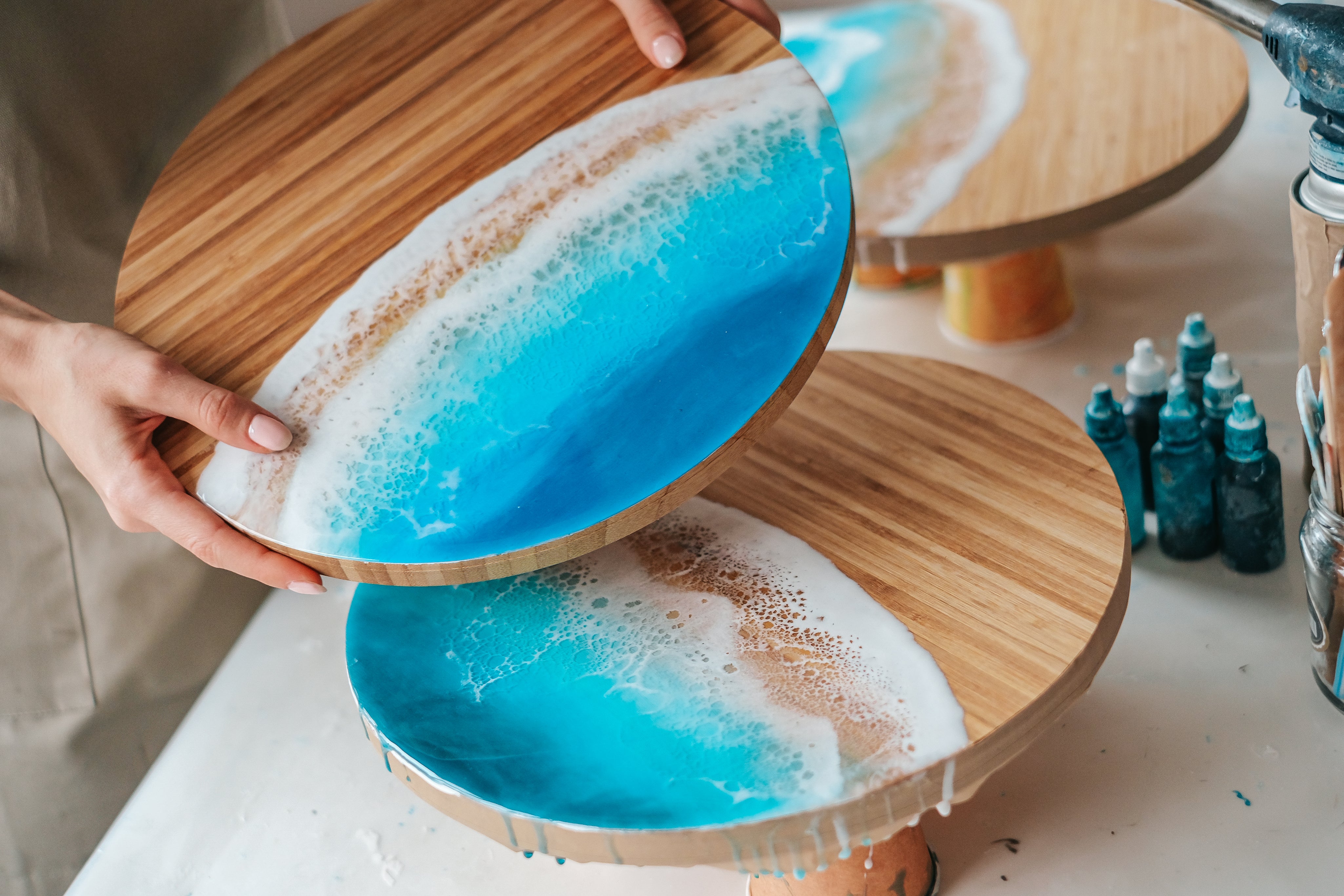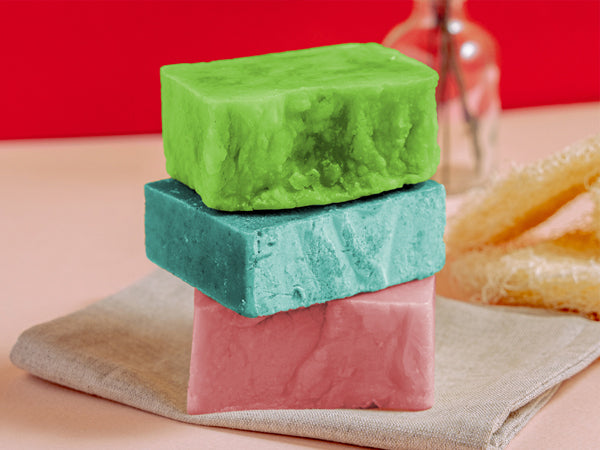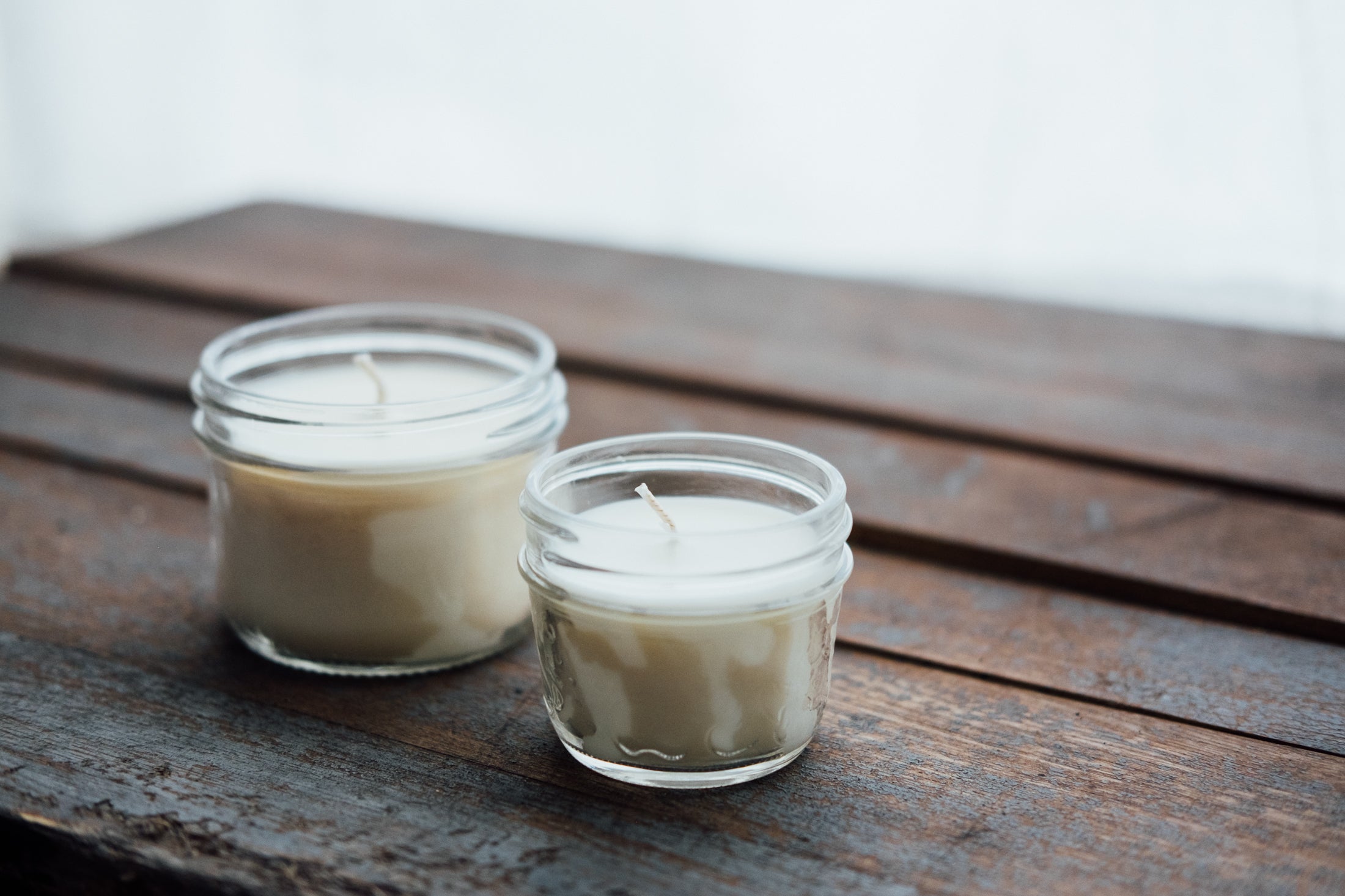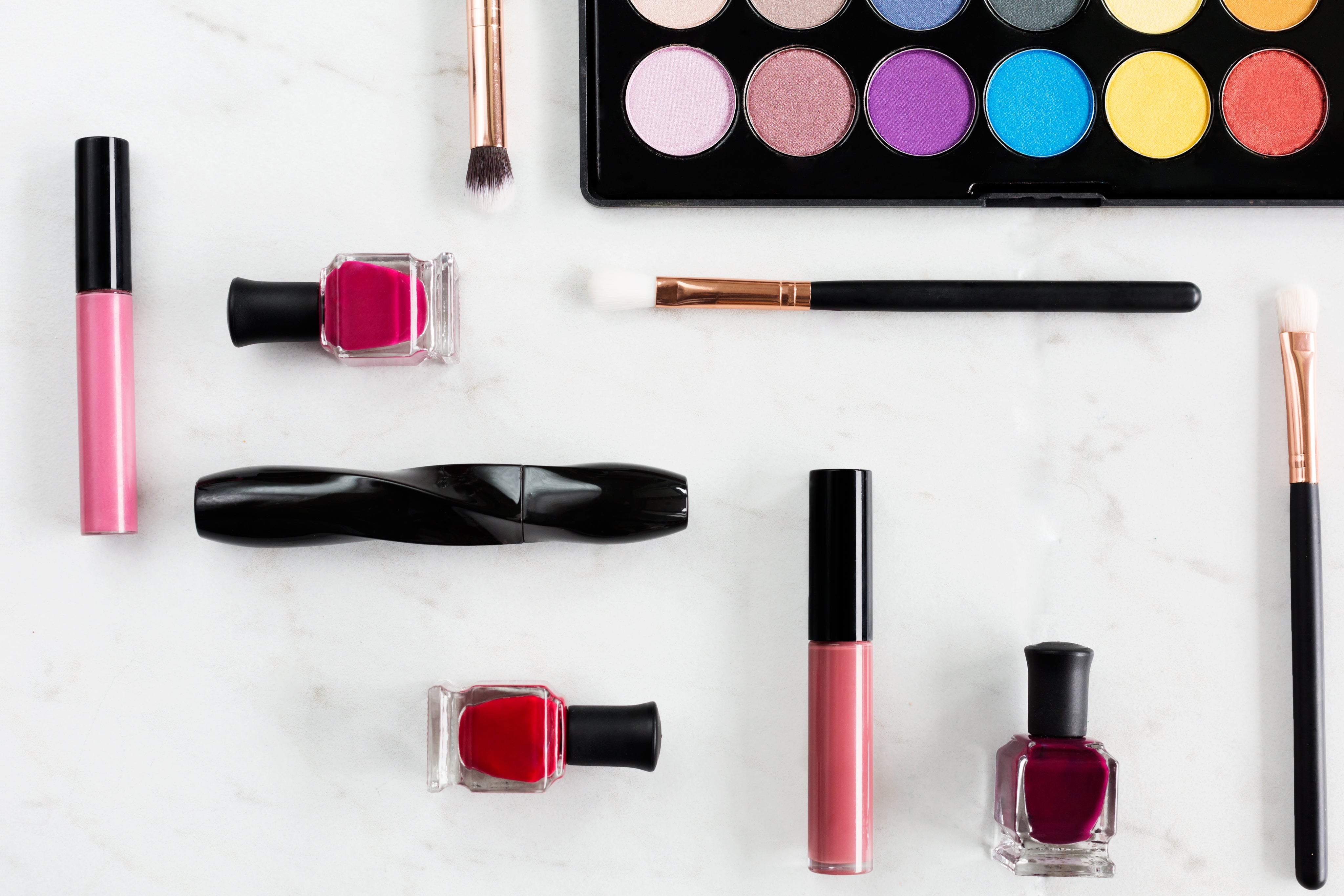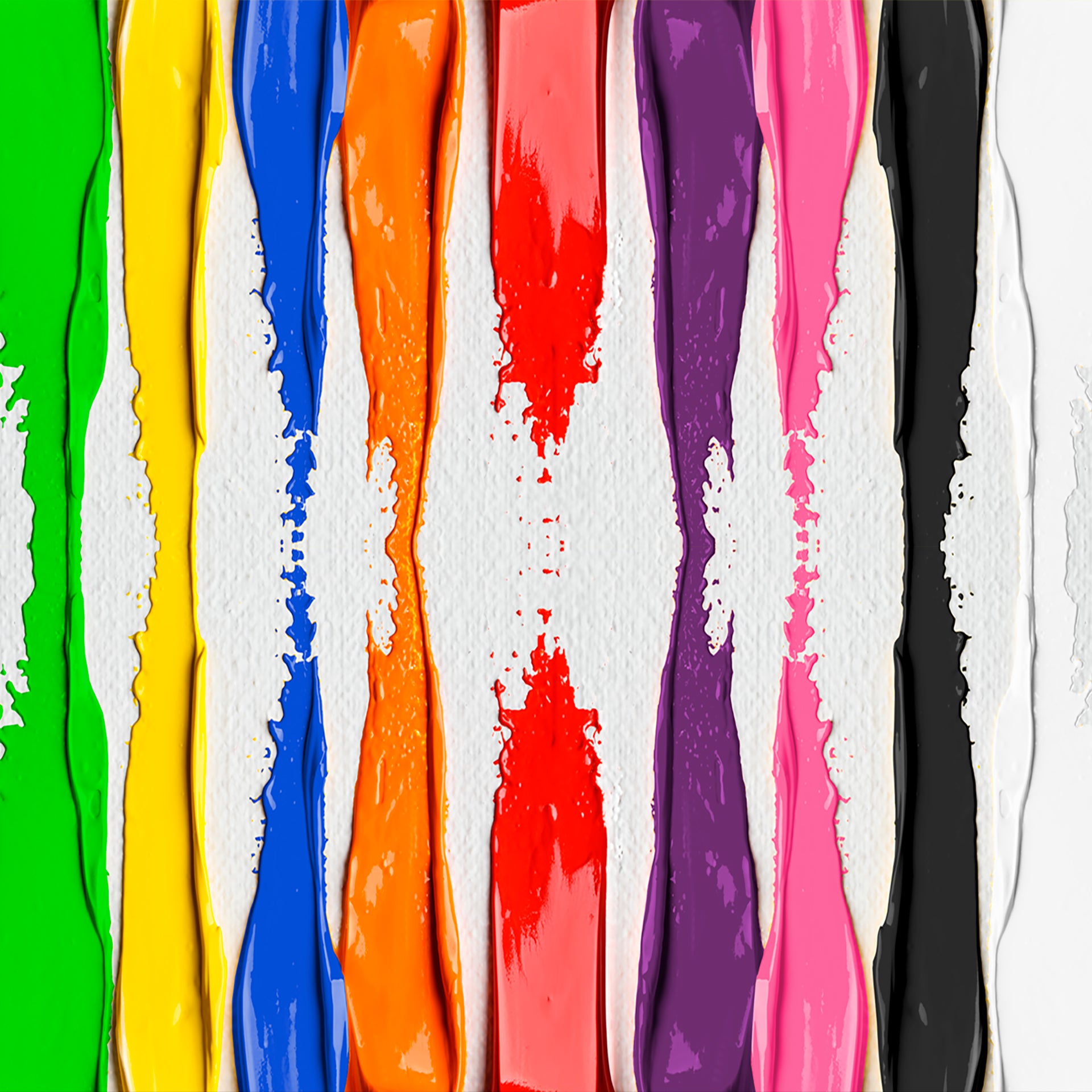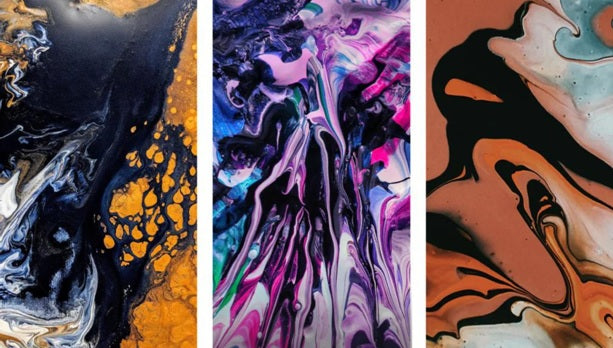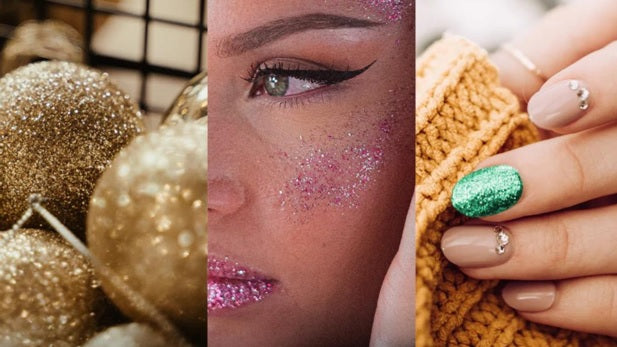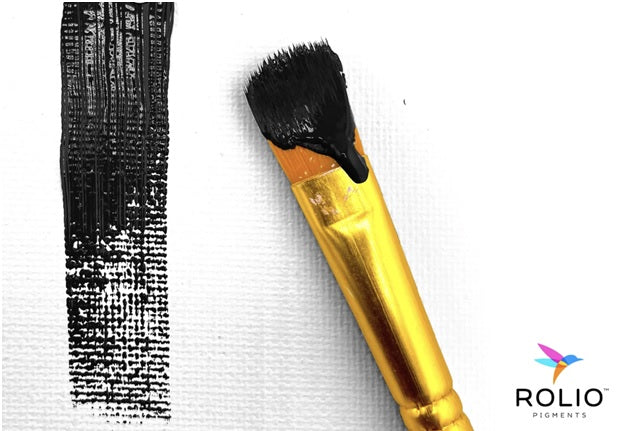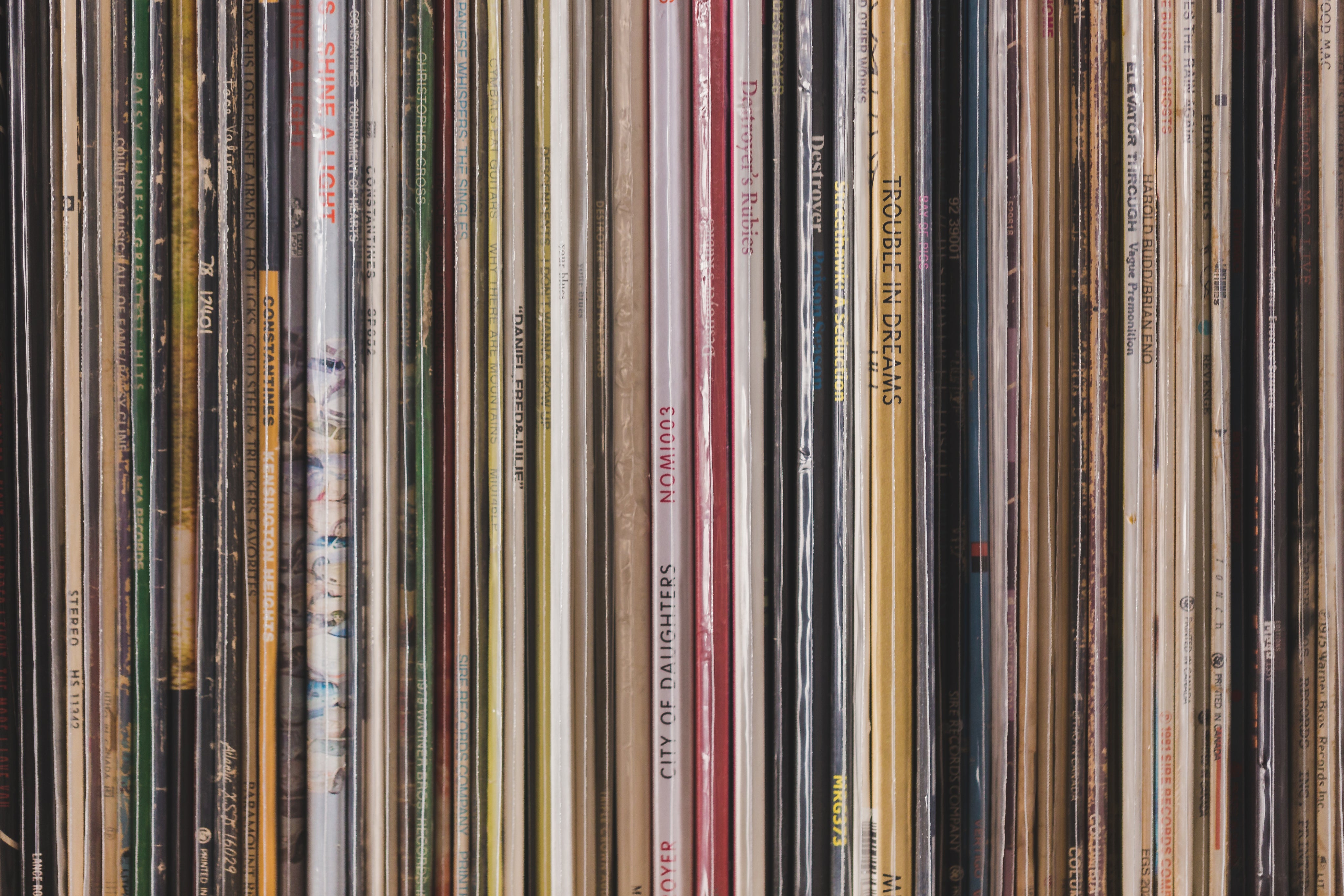Welcome to the ultimate guide for mica powder and its uses in all types of paint, airbrushing, and automotive applications! This comprehensive Q&A page covers everything you need to know about incorporating mica powders into acrylics, oils, watercolors, spray paints, and automotive paint for custom finishes. Discover techniques for mixing mica powder to create vibrant, shimmering effects, tips for achieving smooth applications, and how to customize your projects—whether it’s art, crafts, or vehicles—with dazzling pearlescent or metallic finishes. Perfect for artists, DIY enthusiasts, and automotive professionals, this guide has all the answers to your mica powder questions. Dive in and transform your projects with the brilliance of mica powders!
Basics of Mica Powder in Paint
-
Mica powder is a finely ground mineral pigment that adds shimmer, metallic, or pearlescent effects to paints and other mediums. It is widely used for its versatility in artistic and industrial applications.
-
- Acrylic paint: Easily mixes for vibrant, opaque, or translucent finishes.
- Oil paint: Adds shimmer and metallic effects.
- Watercolor: Enhances translucency and creates glowing effects.
- Spray paint: Ideal for pearlescent or metallic finishes in spray applications.
- Automotive paint: Commonly used for custom car finishes, including pearlescent or chameleon effects.
- Polyurethane Paint: Ideal for coating surfaces like wood, metal, and plastic with a durable, glossy, or matte finish.
-
Mica powder enhances paint with vibrant colors, reflective shimmer, and unique visual effects. It’s perfect for creating depth, shine, and customization in projects.
-
- Adds shimmer, metallic, or pearlescent effects.
- Highly versatile and easy to mix.
- Customizable for unique colors and finishes.
- Suitable for fine art, crafts, and industrial applications.
Mixing Mica Powder with Different Types of Paint
-
- Add a small amount of mica powder to your acrylic paint and mix thoroughly with a palette knife or stir stick.
- For a smoother blend, use a liquid medium or acrylic glaze.
-
- Yes, mix mica powder with water or a watercolor binder to create shimmering watercolor effects.
- Apply it over dried watercolor for a layered, glowing finish.
-
- Start with a small amount (1-2% by weight) and adjust based on the desired opacity and effect.
- Overloading can result in clumping or uneven application.
-
- Mix mica powder with your oil paint on a palette.
- Use linseed oil or a painting medium to help disperse the powder evenly.
-
- Add mica powder to clear spray paint or lacquer. Shake thoroughly to ensure even dispersion before application.
- Test on a sample surface to check for consistency and shimmer.
Mica & Paint Ratio Calculator
2%Mica Powder Needed:
0 g | 0 oz
Using Mica Powder in Automotive Paint
-
Yes, mica powder is widely used in automotive paints to create custom finishes such as pearlescent, metallic, or color-shifting effects.
-
- Add mica powder to a clear base coat or topcoat.
- Mix thoroughly to ensure even dispersion.
- Use a spray gun for even application.
-
- Pearlescent: Adds a subtle shimmer and depth.
- Metallic: Creates a bold, reflective finish.
- Color-shifting: Changes color based on light and viewing angles.
-
- Fine-grain mica powders ensure a smooth finish.
- Color-shifting or holographic mica powders are popular for custom finishes.
-
- Apply in thin, even layers using a spray gun.
- Finish with a clear coat for durability and enhanced shine.
Using Mica Powder in Airbrushing
-
Yes, mica powder is compatible with airbrushing when mixed with a liquid medium or transparent paint base.
-
- Subtle shimmer for background effects.
- Metallic finishes for details.
- Pearlescent highlights on 3D objects or fine art.
-
- Mix mica powder with an airbrush medium, clear coat, or thin paint.
- Strain the mixture to remove clumps that could clog the airbrush.
-
- Use fine-grain mica powders to ensure a smooth flow.
- Thin the mixture appropriately and strain it before use.
- Mix Mica Powder with a little bit of isopropyl before mixing into paint mediums. (This will help break up any clumps and make for a smoother spray)
Creative Applications
-
Yes, mica powder works beautifully on canvas when mixed with acrylic or oil paints. It can be used to create shimmering highlights, metallic accents, or pearlescent backgrounds.
-
- Mix mica powder with a heavy gel medium for textured highlights.
- Sprinkle dry mica powder over wet paint for a tactile shimmer.
-
Yes, mica powder can be mixed with wall paint or a clear glaze to add shimmering effects to murals or decorative walls.
-
Yes, mix mica powder with fabric paint or a textile medium to create shimmering designs on fabric. Ensure the mixture is heat-set if required by the fabric paint instructions.
Mica Powder Starter Kits
Rolio's Starter Mica Powder Sets and Epoxy Resin are perfect for beginners or experienced artists.
Troubleshooting Mica Powder in Paint
-
- The powder wasn’t mixed thoroughly.
- Use a liquid medium to help disperse the mica evenly.
-
- The mica powder may be too coarse or buried under layers of paint.
- Use fine-grain mica powders and apply thin, even coats.
-
Not typically, but overloading mica powder in the paint can weaken its adhesion. Stick to the recommended ratios.
Safety and Storage
-
Yes, as long as it is non-toxic and free of heavy metals. Use in a well-ventilated area to avoid inhaling fine particles.
-
Yes, it can stain porous surfaces. Protect your workspace and clean tools promptly with soap and water or an appropriate cleaner.
-
- Keep in airtight containers to prevent contamination.
- Store in a cool, dry place away from direct sunlight.
Advanced Tips
-
Yes, mica powders can be combined with liquid dyes, powdered pigments, or acrylic inks for custom colors.
-
Yes, apply mica-enhanced paint in thin layers, allowing each to dry before adding the next for depth and dimension.
-
- Blend mica-enhanced paints from one color to another on your surface.
- Use a sponge or soft brush to smooth the transition.
-
Use holographic mica powders or color-shifting pigments mixed with a clear base. Apply thin, even layers for maximum effect.

